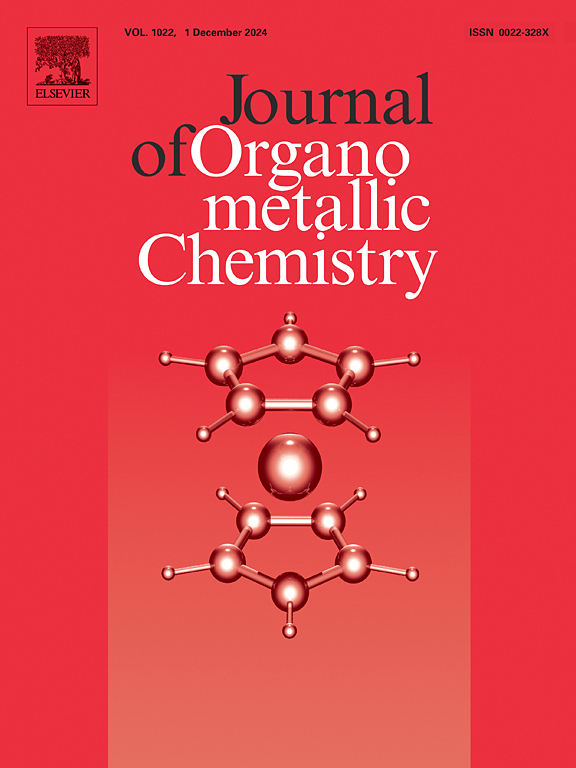Quince seed mucilage mediated biosynthesis of silver nanoparticles as a novel nanocatalyst for O-acetylation of alcohols
IF 2.1
3区 化学
Q3 CHEMISTRY, INORGANIC & NUCLEAR
引用次数: 0
Abstract
In this study, we present an environmentally friendly procedure for the bio-inspired fabrication of Ag nanoparticles facilitated by macromolecules extracted from Quince (Cydonia oblonga) seed mucilage (QSM). The inherent phytochemicals in the mucilage acted as efficient reducing agents for silver ions under ultrasonic irradiation, while also providing stabilization to the Ag NPs through capping or encapsulation. The structural properties of the nanocomposite (Ag NPs@QSM) were analyzed using various advanced techniques, including UV-Vis spectroscopy, TEM, FE-SEM, EDX and ICP-OES. The fabricated nanocomposite proved to be an effective nanocatalyst for solvent-free O-acetylation of various alcohols using acetic anhydride under mild conditions. Furthermore, the material could be isolated and reused for nine consecutive cycles.

木瓜籽粘液介导的纳米银作为一种新型醇o -乙酰化纳米催化剂的生物合成
在这项研究中,我们提出了一种环境友好的方法,利用从榅桲种子粘液(QSM)中提取的大分子来促进银纳米颗粒的生物制备。粘液中固有的植物化学物质在超声波照射下作为银离子的有效还原剂,同时也通过封盖或包封为银NPs提供稳定。采用紫外可见光谱、TEM、FE-SEM、EDX和ICP-OES等先进技术对纳米复合材料(Ag NPs@QSM)的结构特性进行了分析。所制备的纳米复合材料是一种有效的纳米催化剂,可在温和条件下用乙酸酐催化多种醇的无溶剂o -乙酰化反应。此外,该材料可以被分离并重复使用9个连续循环。
本文章由计算机程序翻译,如有差异,请以英文原文为准。
求助全文
约1分钟内获得全文
求助全文
来源期刊

Journal of Organometallic Chemistry
化学-无机化学与核化学
CiteScore
4.40
自引率
8.70%
发文量
221
审稿时长
36 days
期刊介绍:
The Journal of Organometallic Chemistry targets original papers dealing with theoretical aspects, structural chemistry, synthesis, physical and chemical properties (including reaction mechanisms), and practical applications of organometallic compounds.
Organometallic compounds are defined as compounds that contain metal - carbon bonds. The term metal includes all alkali and alkaline earth metals, all transition metals and the lanthanides and actinides in the Periodic Table. Metalloids including the elements in Group 13 and the heavier members of the Groups 14 - 16 are also included. The term chemistry includes syntheses, characterizations and reaction chemistry of all such compounds. Research reports based on use of organometallic complexes in bioorganometallic chemistry, medicine, material sciences, homogeneous catalysis and energy conversion are also welcome.
The scope of the journal has been enlarged to encompass important research on organometallic complexes in bioorganometallic chemistry and material sciences, and of heavier main group elements in organometallic chemistry. The journal also publishes review articles, short communications and notes.
 求助内容:
求助内容: 应助结果提醒方式:
应助结果提醒方式:


